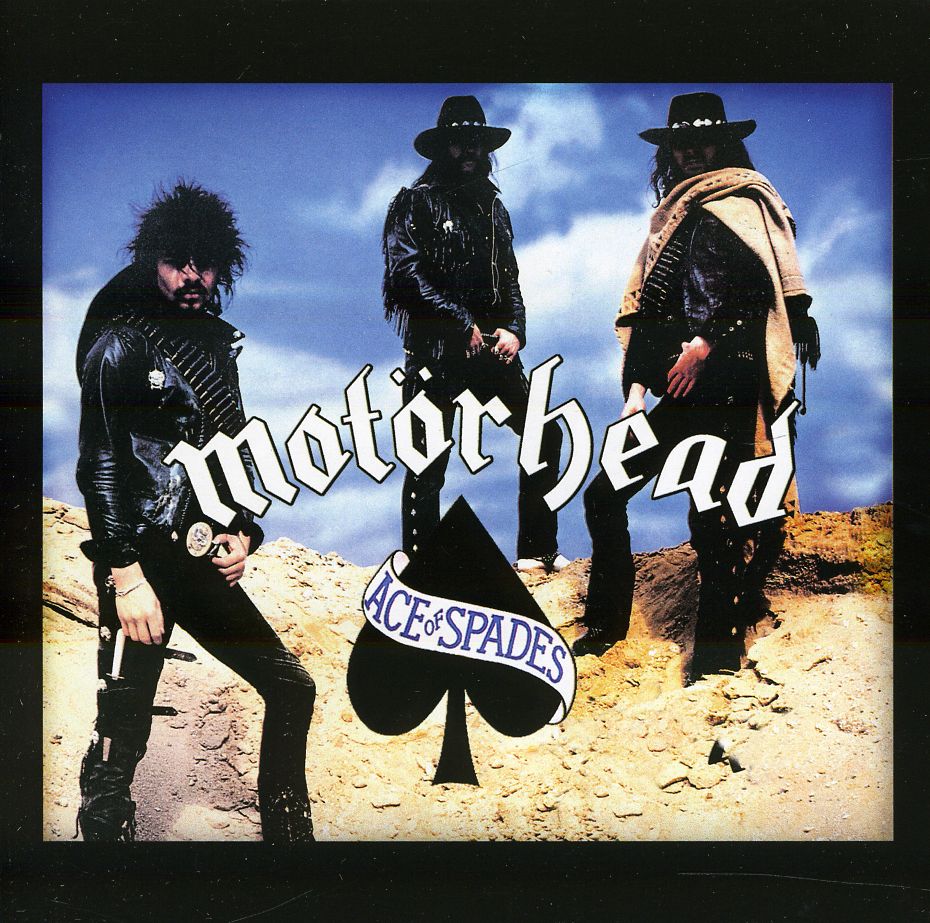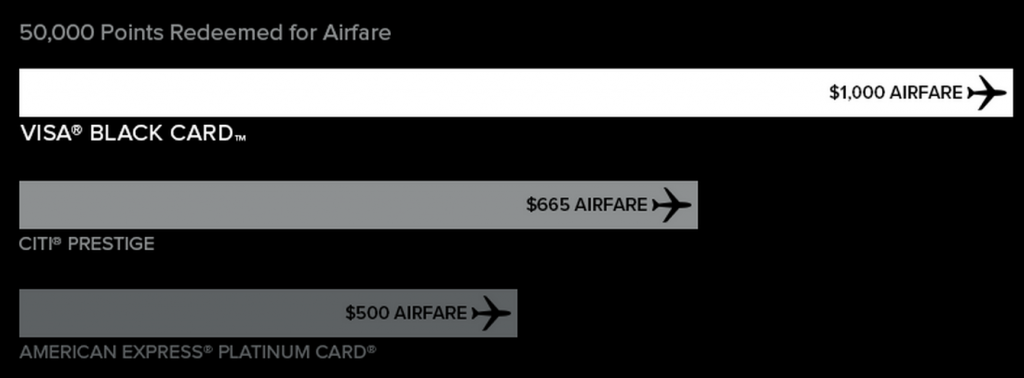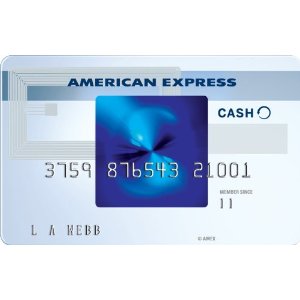A million years ago, the American Express brand meant exclusivity. If you drove a Cadillac, smoked Pall Malls, owned a Curtis Mathes TV, and paid for it all with your American Express card, you were a conspicuously consumptive part of The 1%. And probably sported a monocle and waistcoat. Nowadays, Cadillac makes a model that costs just 10% more than a bare-bones Prius, smoking any brand of cigarette will label you a moron rather than a merchant prince, Curtis Mathes is all but out of business, and any teenager with a college registration can get an American Express card.
That’s by design. American Express still has cachet on the high end, thanks to the Centurion card that MasterCard, VISA, and Discover can only dream about offering and having people take seriously. Therefore, it makes sense that American Express ought to start examining the downmarket schlubs like you and us. Next month American Express releases the EveryDay card, which you know is hip and contemporary because it has a medial capital.
The standard American Express card costs $95 a year and requires you to pay your bill in full every month. But you can easily find a free card from one of the lesser 3 providers, so why bother with an American Express card? Great question, if we say so ourselves. It’s a rhetorical one, which is why American Express offers several co-branded cards (page 30, and just buy the freaking book already), partnering with Costco, Hilton, Starwood, JetBlue, Mercedes and Delta to give you rewards if you buy enough stuff. By the way, all of those co-branded cards except the first 2 come with an annual fee. Which can go as high as $450. But even with the Costco and Hilton cards, the downside is that you might be tempted to patronize a certain corporation even though its competitors are offering you a better deal, just to capitalize on the points. The trick is to not change your behavior – in other words, if you were committed to shopping at Costco or staying at Hilton hotels anyway, you might as well get rewarded for doing so. If Sam’s Club and La Quinta are treating you right, get an American Express Blue Cash card instead. (No annual fee, cash rewards.)
Which is a roundabout way of bringing us back to the EveryDay card. Of course, it has no annual fee, or we wouldn’t be mentioning it and instead would have rejected it out of hand and written about something else today. Here’s what it offers:
- 2x points for the first $6,000 you spend on groceries in a year.
- 1.2x points if you make 20 purchases a month.
Fine, we get it. They want you to use the card, which would seem to be the reason for offering it. It isn’t like a gym membership, where they get your money once a year and then hope that they never have to see your fat face until next January.
Our sympathies are with the 7-Eleven clerks who are now going to have to deal with people buying a candy bar, a Slurpee®, this week’s copy of UFC magazine (MMA fans can read?) and a Slim Jim and ask to ring it up as 4 separate purchases. Yes, American Express has already thought of this, and expects merchants to declare that all as a single purchase.
Looking at our own spending habits, we noticed that with our existing American Express card, we covered the 20-item threshold within days. Then again, we’re smart enough to put every single purchase we can on said card. Why? Because whatever we bought, we were going to buy anyway, so why not
- not worry about carrying cash
- protect ourselves against fraud (if a merchant screws us, American Express will do all the work of getting us reimbursed)
- earn the rewards? Again, for no incremental effort.
Paying cash for stuff has its place, but not when the merchants already take American Express.
So if we were to switch to the EveryDay card, we’d get 20% more rewards out of the gate. And the double rewards on groceries. We’re not the Duggar family, so we’ll stay under the $6000 double-reward limit.
There’s one problem, however, and we should have brought this up 4 paragraphs ago.
What’s a “point”? How much is it worth?
We’ll get to that in a second. For now, understand that in and of themselves, “rewards” are stupid. With the listed exceptions, you earn 1 American Express Membership Rewards point for every dollar you spend. You can redeem the points to pay your credit card bill, which is what you should be using generic rewards points for anyway. And if you do, you’ll find that a point is worth about .6¢. In the words of Nelson Muntz, what a rip. Assuming that you indeed buy 20 things a month, American Express is thus offering a cashback rate of .72%. Discover offers 1% as an absolute minimum.
We’ve recommended the American Express Blue Cash Everyday card before, and continue to. The reward payouts are greater than for the EveryDay card, across the board. And yes, it’s confusing that Blue Cash Everyday has “Everyday”, not to be confused with “EveryDay”, in its name.
Blue Cash Everyday offers 3% cash back on groceries, up to the same $6000 threshold. And 2% at gas stations and some department stores. It kicks the new EveryDay card up and down the court. Don’t waste your time.






